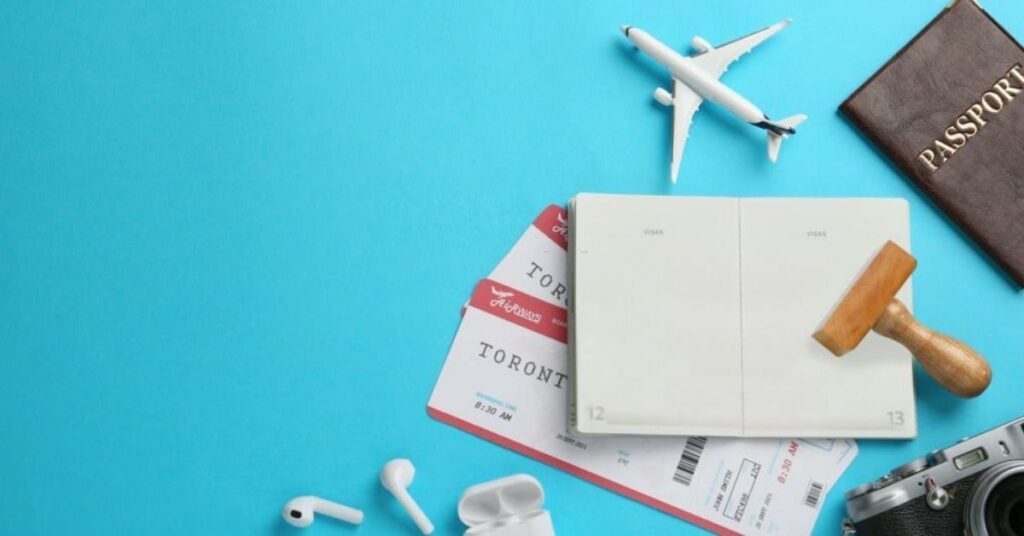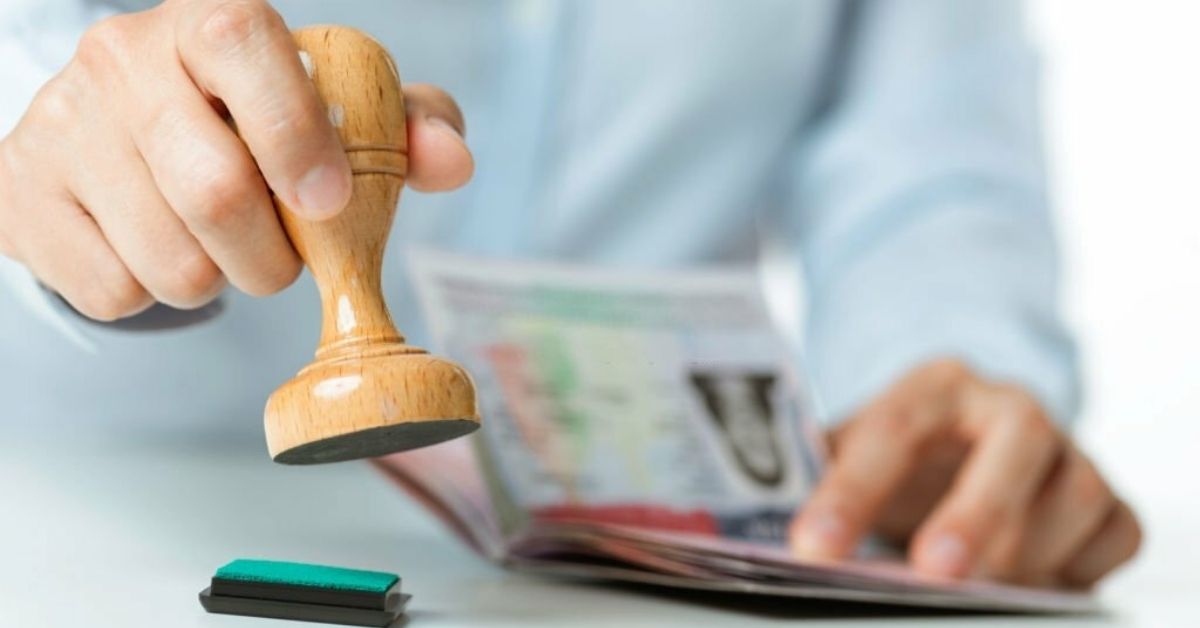Visa Processing Times: What to Expect and How to Plan Your Trip
Embarking on an international journey is an exciting prospect, but the process of obtaining a visa can be a significant hurdle. Understanding visa processing times is crucial for effective trip planning. This guide will delve into the intricacies of various visa types, the factors influencing processing times, and provide valuable insights on how to navigate this often intricate process.
Types of Visas and Processing Times
When it comes to visa processing times, the duration can vary significantly based on the type of visa one is applying for. For instance, tourist visas, intended for short-term stays, generally have shorter processing times compared to more complex visas like work or student visas.
Tourist visas typically take anywhere from a few weeks to a couple of months for processing. The time frame is influenced by factors such as the country of application, the volume of applications, and the applicant’s individual circumstances.
Business visas, with a broader range of purposes and requirements, may have standard processing times, but expedited options are often available for those willing to pay additional fees.
Work visas, essential for those seeking employment in another country, come with their own set of considerations. Processing times for work visas can range from a few weeks to several months, depending on the host country’s immigration policies and the specific requirements of the job.
Student visas, required for those pursuing education abroad, have processing times that hinge on factors like the academic institution’s location and the comprehensiveness of the application. It’s essential for student visa applicants to plan well in advance, as these visas often take longer to process.
If you are in need of professional visa expert services, we are also here to provide you with comprehensive guidance and support.
Factors Affecting Visa Processing Times
Understanding the factors influencing visa processing times is paramount for applicants. The duration can be impacted by country-specific variations, application volume, and the completeness and accuracy of the application.
In some instances, processing times can vary significantly from one country to another due to political or diplomatic considerations. Certain countries may experience higher demand for visas during specific times of the year, leading to longer processing times. Factors such as political instability or strained diplomatic relations may also contribute to delays.
The volume of visa applications plays a pivotal role in processing times. During peak periods, such as holiday seasons or academic intakes, embassies and consulates may face a surge in applications, leading to delays. Conversely, during periods of lower demand, processing times may be shorter.
The completeness and accuracy of the application are critical factors. Submitting a comprehensive and accurate application with all required documents can expedite the process. Conversely, mistakes or missing information can lead to delays as consular officers may need to request additional documentation.
How to Check Visa Processing Times
Knowing how to check visa processing times is essential for applicants. Governments typically provide this information through official channels, such as embassy and consulate websites. These websites often feature dedicated sections outlining the expected processing times for various types of visas.
In addition to official websites, many countries offer online portals and tools where applicants can track the status of their visa applications. These tools provide real-time updates, allowing applicants to stay informed about the progress of their applications.
Communication with consular services is another avenue for obtaining information on visa processing times. Embassies and consulates typically provide contact details for inquiries. However, it’s important to note that response times may vary, and applicants should plan accordingly.
Planning Your Trip around Visa Processing Times
Once armed with information on visa processing times, the next step is to plan the trip accordingly. Setting realistic travel dates is crucial. It’s advisable to allow for a buffer period, considering the possibility of unforeseen delays in the visa application process.

While flexibility is key, striking a balance with specific plans is equally important. Travelers must weigh the importance of having a well-defined itinerary against the potential need to adjust plans based on visa processing outcomes.
Contingency planning is a vital aspect of trip preparation. Understanding visa extension procedures is crucial in case the initial visa duration proves insufficient. Additionally, having alternatives in mind, such as alternative travel destinations or modes of transportation, can help mitigate the impact of unexpected delays.
Tips for a smooth application process include early submission of applications and utilizing professional assistance when needed. Applying well in advance of the intended travel dates allows for a margin of error and reduces the stress associated with last-minute complications. Professional assistance, such as immigration consultants or legal experts, can provide valuable guidance and ensure that applications are submitted correctly.
Case Studies and Examples
Real-life examples shed light on the practical aspects of visa processing times. Success stories highlight instances where applicants navigated the process seamlessly, providing insights into best practices and strategies that contributed to positive outcomes.
Conversely, challenges and lessons learned from applicants who faced delays or complications offer valuable insights. Understanding the difficulties others have encountered can help prospective travelers anticipate potential pitfalls and take proactive measures to avoid or mitigate them.
Adaptations to changing policies represent a dynamic aspect of visa processing. Countries may revise their immigration policies, affecting processing times and requirements. Examining cases where individuals successfully adapted to policy changes provides valuable lessons for those navigating evolving immigration landscapes.
Further Reading: Visa Fraud and Scams: How to Protect Yourself
Conclusion
In conclusion, understanding visa processing times is a fundamental aspect of international travel planning. From the types of visas and factors affecting processing times to practical tips and real-life examples, this guide aims to equip travelers with the knowledge needed to navigate the complexities of the visa application process.
By setting realistic expectations, planning ahead, and being aware of potential challenges, individuals can enhance their chances of a smooth and successful visa application experience. Ultimately, proactive and informed planning is the key to ensuring that the journey begins on a positive note, unencumbered by unnecessary delays or complications in the visa processing journey.

